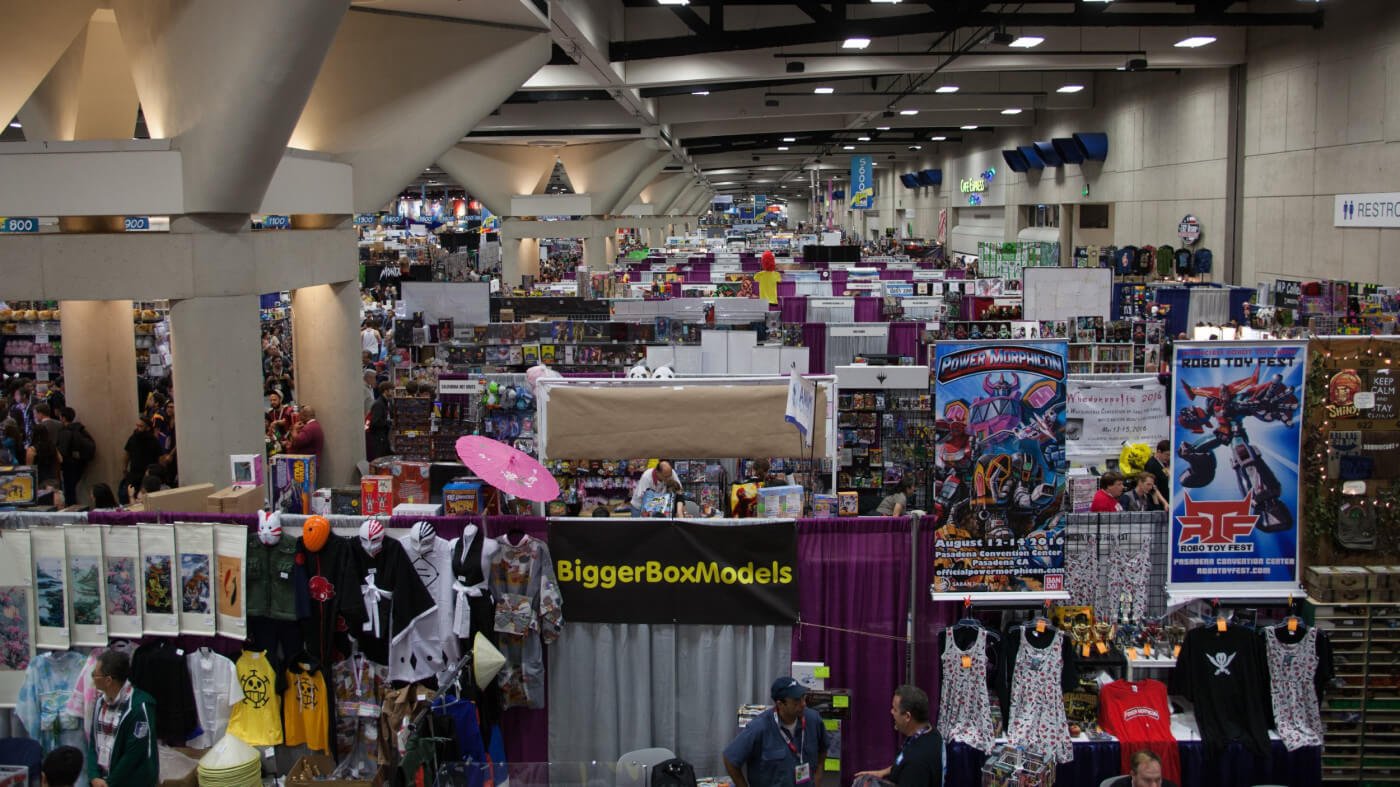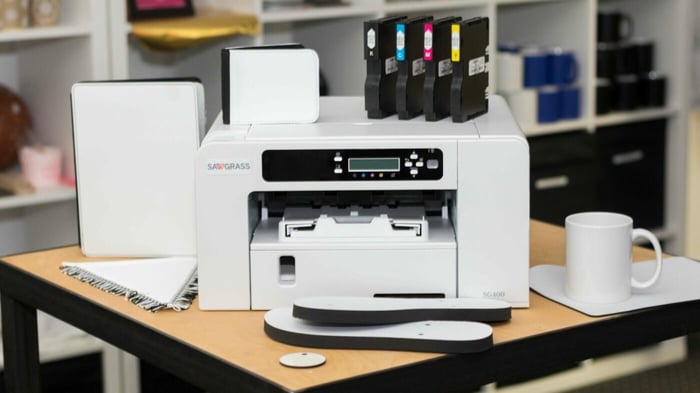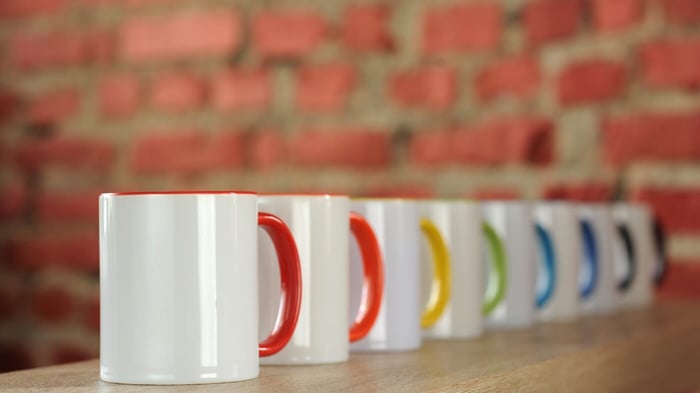Hello fellow artists and designers! I attended my first-ever con as an artist alley exhibitor at Long Beach Comic Expo in 2017. What a fantastic learning experience! I'd like to share some tips for your first convention. I hope these insights and advice will help your first time be a stress-free one.
Permits & Insurance
One of the fundamental steps to becoming an official exhibitor is to obtain your state's reseller’s permit. This permit is essentially a legal document that allows you to buy, sell, or lease tangible personal property or sell taxable services at a retail level. Each state has different rules and procedures for obtaining this permit, but generally, it involves filling out a form on your state's board of equalization website (remember, these will usually end in .gov).
The process might seem intimidating, but it's an essential step that legitimizes your business in the eyes of the law and allows you to engage in commerce at the convention. Keep in mind that regulations can vary significantly from state to state, so it's essential to do your research and ensure you are complying with your state's specific laws.
Business Liability Insurance
Many conventions require you to carry business liability insurance. This type of insurance is designed to protect you from potential legal and financial repercussions should something go wrong during the event. For instance, if someone were to get injured in your booth, or if your products cause some damage, your liability insurance would cover the associated costs.
While the thought of needing insurance might sound daunting, don't panic! Many insurance companies offer affordable plans designed for small businesses and event vendors. These policies typically provide coverage of up to $1,000,000, which is the usual requirement for most conventions. Be sure to check the specifics of each event as the coverage requirement can vary.
Artwork
![]()
As an artist, your main attraction at the convention will be your artwork. It's crucial to cater your work to the audience and the type of attendees expected at the convention. A good strategy is to research the event beforehand. Understand its focus - is it more oriented towards comics, anime, pop culture, or a mix? Are there any major themes or popular franchises that are going to be highlighted?
For instance, if an upcoming blockbuster movie is expected to be a big draw, you might want to create pieces that relate to that. Or if a beloved celebrity or voice actor is attending, art featuring their characters could be popular. Remember, relevance is key to draw interest and engage the attendees.
Inventory
Determining how much inventory to bring to a convention is one of the most challenging parts of preparing for a show. The size of the convention will play a significant role in your decision. A larger event will naturally attract more attendees and thus require more inventory.
For a small convention, a reasonable starting point might be to have at least 20 different art pieces, with about 20 prints of each. This quantity provides a balance of offering enough variety to attract different tastes and interests, without overstocking and potentially wasting resources.
If you are bringing stickers, you might want to bring more, because they are easy to sell and cheap to print in bulk from CustomStickers.
We recommend high quality Vinyl Stickers of your art and designs. You can choose between glossy and matte.
Remember, these numbers aren't hard rules. Each artist, event, and audience is different, so use your best judgment based on your personal experience and knowledge of your customer base.
Planning Your Artist Alley Table Setup
In order to create a successful and inviting space in the Artist Alley, meticulous planning is crucial. A well-designed setup will not only effectively showcase your art but also help in creating an appealing atmosphere for your visitors. Here are a few aspects to focus on:
Table Dimensions and Restrictions
Every convention will provide you with specific guidelines about the table space allotted to each artist. Usually, these dimensions include the size of the table and the amount of space you have behind it. It's essential to familiarize yourself with these details so you can effectively plan your display and ensure that it fits within the designated space.
Also, conventions often impose height restrictions, indicating how tall your displays can be. This is done to ensure that one booth doesn’t block the view of another, maintaining fairness among all exhibitors. Make sure you are aware of these restrictions to avoid last-minute adjustments.
Product Range and Variations
Once you have a clear idea of the space you have to work with, you can now think about the type of products you plan to bring and their variations. Consider the diversity of your offerings – prints, original artwork, merchandise like buttons or stickers, and more.
The variety you offer can attract different types of customers, but remember to maintain a balance. Having too many variations can potentially confuse visitors. Be sure to organize your items thoughtfully to ensure a clear and enticing display.
Prioritizing Portability, Cost, and Ease of Setup
It's crucial to create a display setup that balances portability, cost-effectiveness, and ease of assembly. Remember, you will be transporting your setup to and from the convention, so prioritize lightweight and compact items that can fit into your vehicle.
Cost-effectiveness is another vital consideration. Choose display items that fit within your budget while still effectively showcasing your artwork. A successful Artist Alley booth doesn't have to be the most expensive one - it just needs to be thoughtful and inviting.
Ease of setup is a crucial aspect to save you time and stress. Consider doing a few practice runs of setting up and dismantling your display at home. This can give you a good estimate of the time it takes and also help you streamline the process for the actual event.

Supply List for Table Setup
To create a basic yet effective setup, here are some items you might need:
- Wire Storage Cubes: These are versatile and lightweight, making them excellent for displaying prints or other flat items.
- Linen Tablecloth: A tablecloth can add a professional look to your table, and choosing linen means it'll be wrinkle-resistant and durable.
- Zip Ties: Zip ties are great for securing items and creating structures, especially with wire cubes.
- Mini Binder Clips: These clips can be used to hang prints or secure tablecloths, signs, and banners.
- Portfolio Display Book: A display book allows you to showcase a variety of your work in a compact and organized way.
- Tabletop Card Spinner: If you have smaller items like postcards or buttons, a card spinner can be an effective way to display them.
With a bit of online shopping, these items can be easily obtained for less than $100 in total, creating a budget-friendly, functional, and attractive setup for your convention table.
Check out our list of the top 10 conventions in the USA.
Preparing for the Convention
Attending a convention as an exhibitor is a comprehensive endeavor that requires detailed planning. You'll need to pack a variety of items that ensure both the smooth operation of your booth and your personal comfort throughout the event.
- Essentials for Your Booth: Start with cash in small bills for making change, a cash box or bag for secure storage, backup battery packs for electronic devices, and a payment reader for card transactions. You might also want to bring extra pens or sharpies for signing prints or jotting down notes.
- Business Necessities: Don't forget important business items like your business cards, signage, inventory tracking sheets, and a copy of your tax certificate or seller's permit. These elements not only aid in smooth operations but also add to your booth's professionalism.
- Personal Comfort and Hygiene: Snacks and packed lunches will keep you energized throughout the day, while a gallon of water will keep you hydrated. Don't forget to bring paper towels and a trash bag for maintaining cleanliness.
- Miscellaneous Items: Finally, remember to bring a camera to capture memorable moments or even document your booth setup for future reference.
Arrival and Setup at the Convention
Establishing a good relationship with your neighboring artists can be a wise move. Not only can they potentially assist you if you forget an item or need help, but they can also provide camaraderie in what can sometimes be a stressful environment. You're all in this together, so it's great to cultivate a sense of community and mutual support.
Preparing for the Start of the Day
Before the convention officially begins, take some time to care for your personal needs. Eat a good breakfast or snack, hydrate, and use the restroom to ensure you're comfortable when the crowd starts pouring in.
Furthermore, double-check your booth setup. Is your signage displayed correctly? Are your art pieces showcased well? Also, test your payment system to ensure it's functioning properly. You want to make sure you're fully ready to welcome attendees and handle transactions smoothly.
Arriving at the convention can be an exhilarating and somewhat overwhelming experience. To ensure a smooth start, it's essential to complete your booth setup promptly and then invest some time in networking.
Time for the Convention
When you have your booth set up and are ready to greet attendees, it's beneficial to take a moment to introduce yourself to your neighboring artists. A friendly introduction can build a rapport and foster a sense of camaraderie. These neighbors might be able to lend you a helping hand if you forget a key item or need some advice. Furthermore, it's enjoyable to share the experience with other artists who understand the hustle of working an artist alley at a convention.
Before the convention's doors open, be sure to take care of yourself. Have a substantial meal, hydrate, and visit the restroom, as once the convention begins, you might find yourself too busy to take a break. Ensure your payment system is functioning correctly; this is crucial for smooth transactions throughout the day. Take a final look at your booth, ensure your products are displayed attractively, and your signage is visible and clear.
![]()
Opportunities for Same-Day Commissions
Depending on your comfort level and skillset, accepting same-day commissions can be an excellent way to engage with attendees and potentially increase your earnings. This could be a wonderful way to stay busy during slower periods of the convention, and attendees will be thrilled to get a customized piece of art. However, make sure you manage your time wisely so you're not overburdening yourself.
Enjoying Your First Convention Experience
Remember, your first experience at the artist alley of a convention should be enjoyable, even though it might also be exhausting. Yes, the days can be long, but maintaining a positive mindset can make them fly by. Try to soak in the experience, learn from others, engage with attendees, and most importantly, have fun showcasing your art. After all, passion for your craft is what brought you here. Embrace the opportunity to share your art with others and take pride in your hard work.
Participating in your first con can be a thrilling experience. Preparation is key to make it stress-free and enjoyable. I hope these tips for your first convention help you as much as they helped me!





